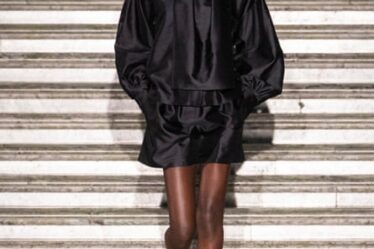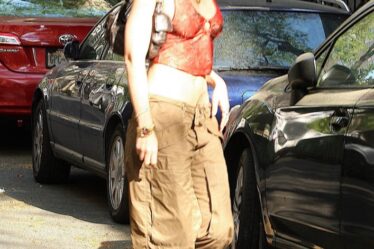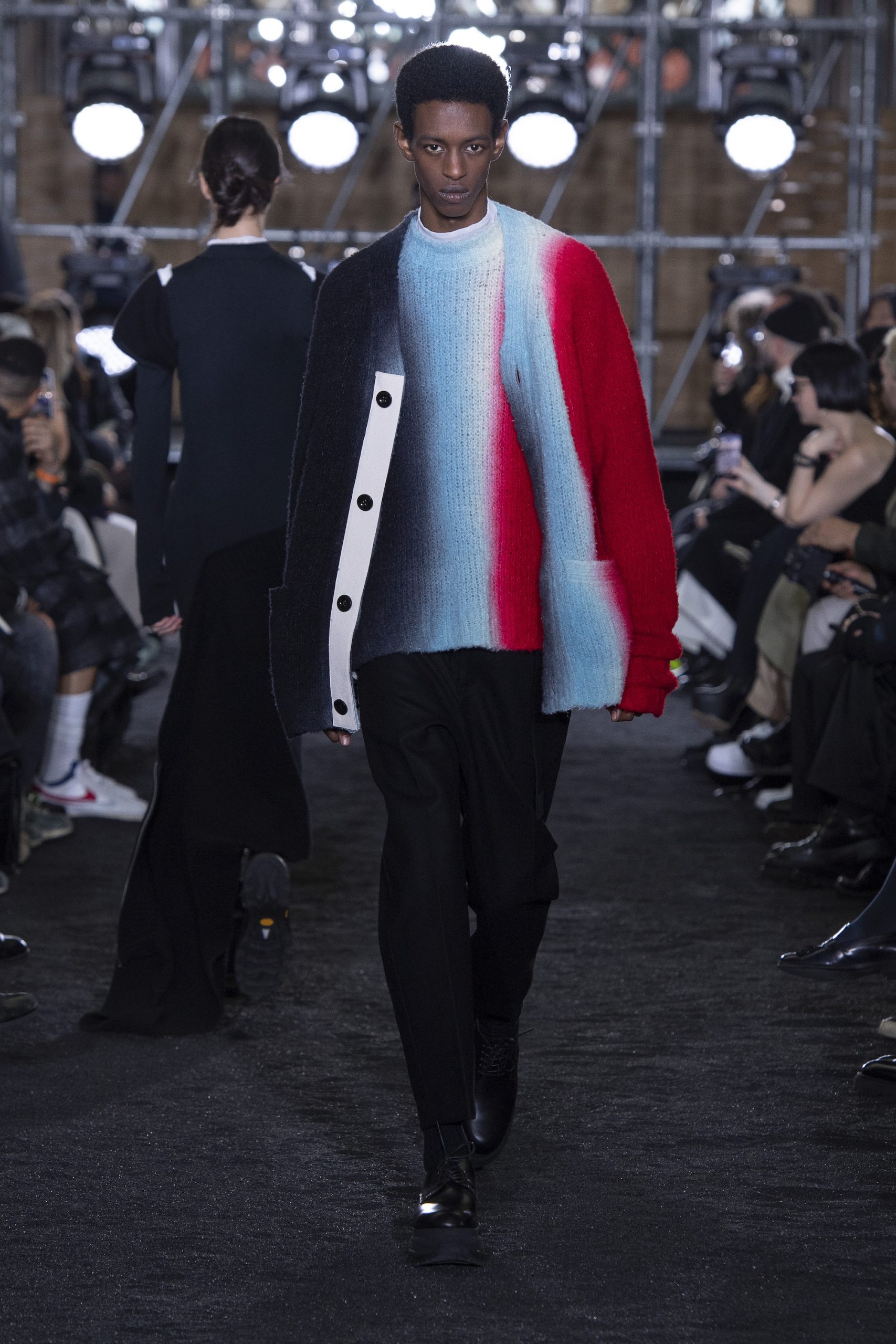
From sugar-sweet shearlings to sharply-cut toppers, Hermès, Sean Suen and more grace this season’s runways.

French kids–there we said it–are the unwavering fascination of designers, most recently on this season’s runways. This years Autumn/Winter collections saw many labels rejecting the “traditional” (a buzzword of the early noughties) for a more freewheeling approach, which engendered compelling and nostalgia-laced collections that weren’t forcely overt or kitschy. Yet even the haughtiest show-goers are stirred by the sense that French fashion is realistically rather special. If past seasons were about inching away luxury basics seams, this season was about jumping full steam into something more polished, more cultish, and more appealing to youngsters by favouring a thread that gave prominence to fluidity.
We saw carefully cut twill miniskirts, wool dresses, slouchy neutral pants, and brilliant cardigans tailored to resemble ladylike jackets with nappa inserts. Knitwear reigned supreme, serving as the scrunchy subtext against which minimalist’s denotations were daringly expressed, which no doubt did set hearts aflutter among buyers. The dominant theme at the Autumn/Winter shows was a return to simplicity, following a Spring season of opulent textures and tailored rigour that comprised hazardous volumes, slashed toppers and offered relaxed updates for the wardrobe, emphasising the basics category with a twist. And while designers’ imprint on lineups were decidedly modular, there was a renewed spotlight on fuss-free elegance, evident in the classic appeal of men’s suiting, separates and outerwear, as well as a cluster of crisp button-ups and leather ensembles—most of which were a common sight on the latest runways, making for an articulated-yet-pared-down approach to dressing.
Did they succeed? In part. Designers’ concentration on working neatly tailored garments, while embracing the vein of frugality showed awareness of directional consciousness. Parisian designers undoubtedly have talent, but unlike their Milanese peers who stick to a more streamlined lane, they can branch out into overworked offerings. It was the linear tailoring, though, that made this season look most promising. Sometimes, that’s enough.
Treat yourself to our rundown of the top highlights from Paris Fashion Week men’s Autumn/Winter 2023, below…
Hermès
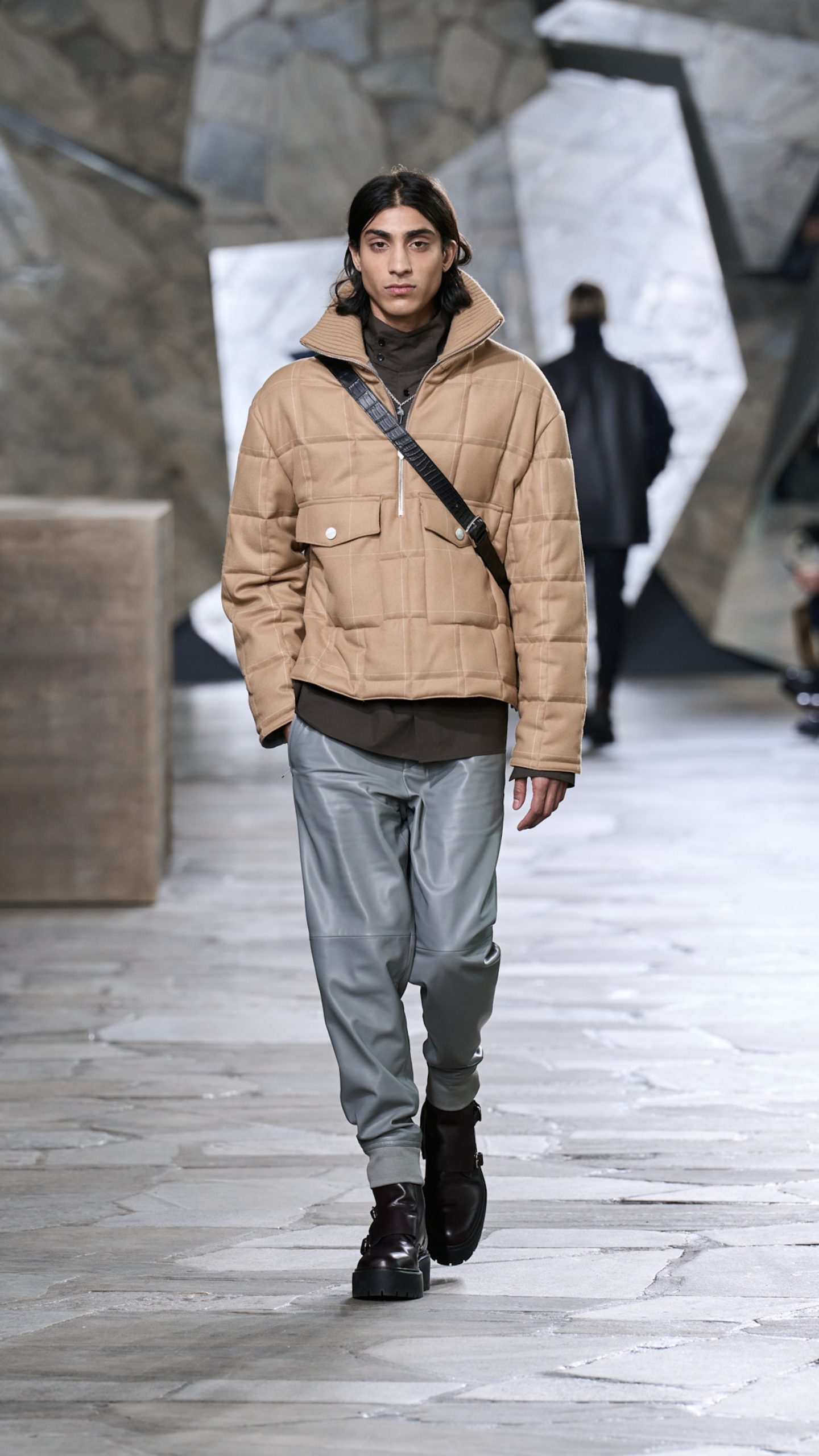



There are people who have a perilous affection for fuss-free minimalism. French maison Hermès is among them. In a fashion world where streetwear and luxe practicality are the modern languages, Hermès is a rare breed. Beautiful, buoyant offerings are rendered in shades of coffee, brown, and caramel, devising a collection with impeccable sartorial ease, aimed at walking men and day-to-night functionality. “They feel at liberty to strike up playful conversations between pieces, to combine them, to juxtapose lengths, to alternate volumes,” report the notes. What emerged? A delightful wardrobe of essentials that were shaken by always-precise, daring and novel proportions and light playfulness. There’s a sense of volume in this season’s offerings, coupled with alertness and motion. What’s more, there were so many greatly accessible pieces here, teamed with a sense of seduction in the caress of cashmeres and flannels, baby lamb and crisp fabrics, different leather grains, and a boldness in the curation of jewellery.
Winnie
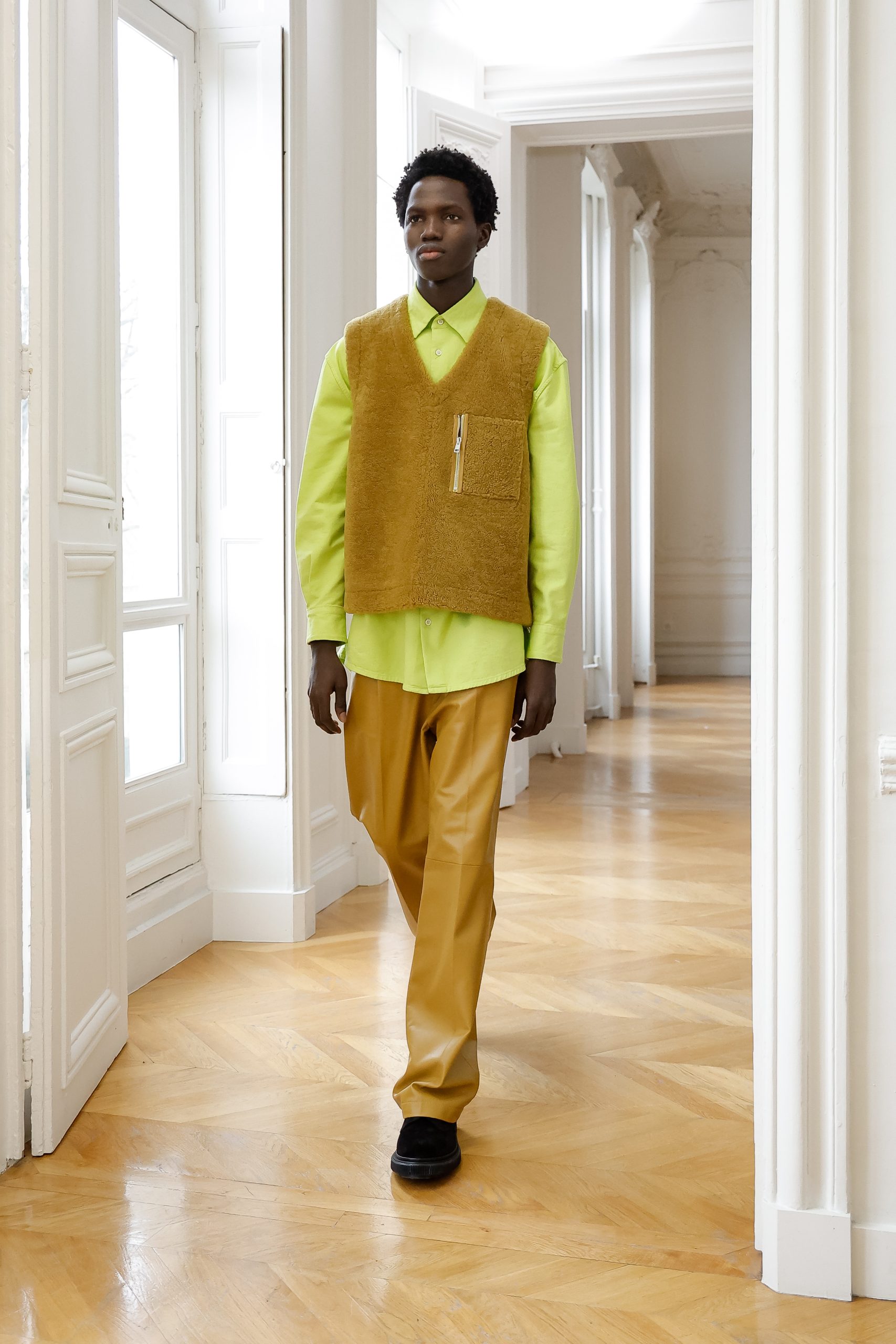
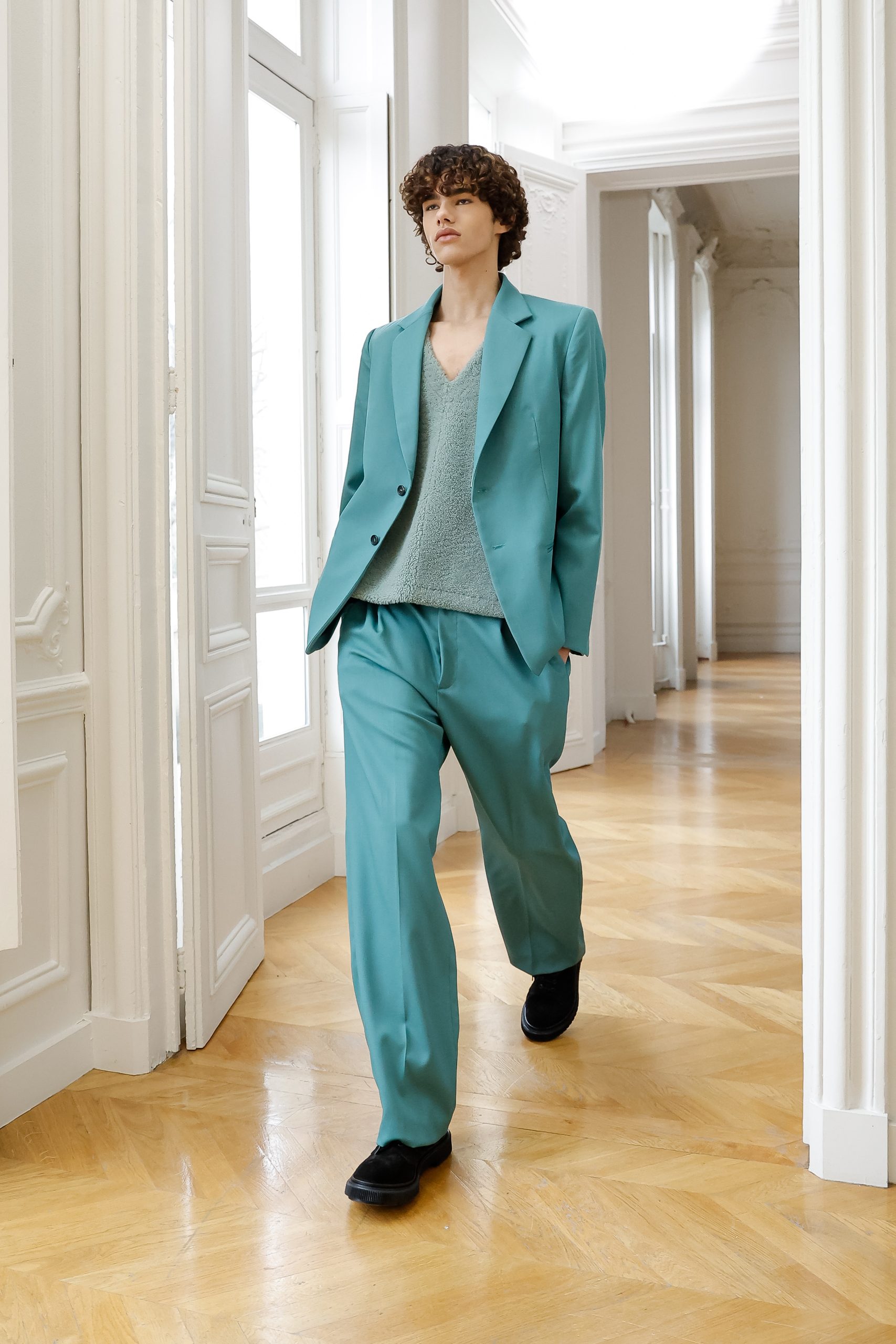


It’s been a while since we’ve heard anyone utter the statement “buy now, wear now,” that pragmatic concept of designing clothes we can wear as soon as they hit stores. What was once something of a trendy buzz phrase has become commonplace amid our frantic system; that’s because no one is buying their winter wardrobe six months in advance anymore, nor opting for fresh-out-the-store offerings. As both an entrepreneur and designer, Winnie’s Idris Balogun brought forth a brilliant outing for Fall/Winter 2023. Titled “Study of a Bird”, it epitomises a continued maturation of the brand. This season was his boldest rejection of the “rules” of seasonal craft. A line built on reviving traditional methods, while looking at the future with sheer optimism, isn’t going to change radically as seasons go by; so many looks were a cohesive step towards the multi-season development of an idea. “[This season] epitomises a continued ode to tailoring,” said the designers, specifying that “it encompasses cashmere overcoats and herringbone, which is a classic menswear fabric, and leather suit introduced for the first time.” What about the clothes? As a runway image, the word peerless appeared throughout, as volumes and textures, as indeed many of these pieces won the race, delivering high function from concept to execution.
Patchouli Studio
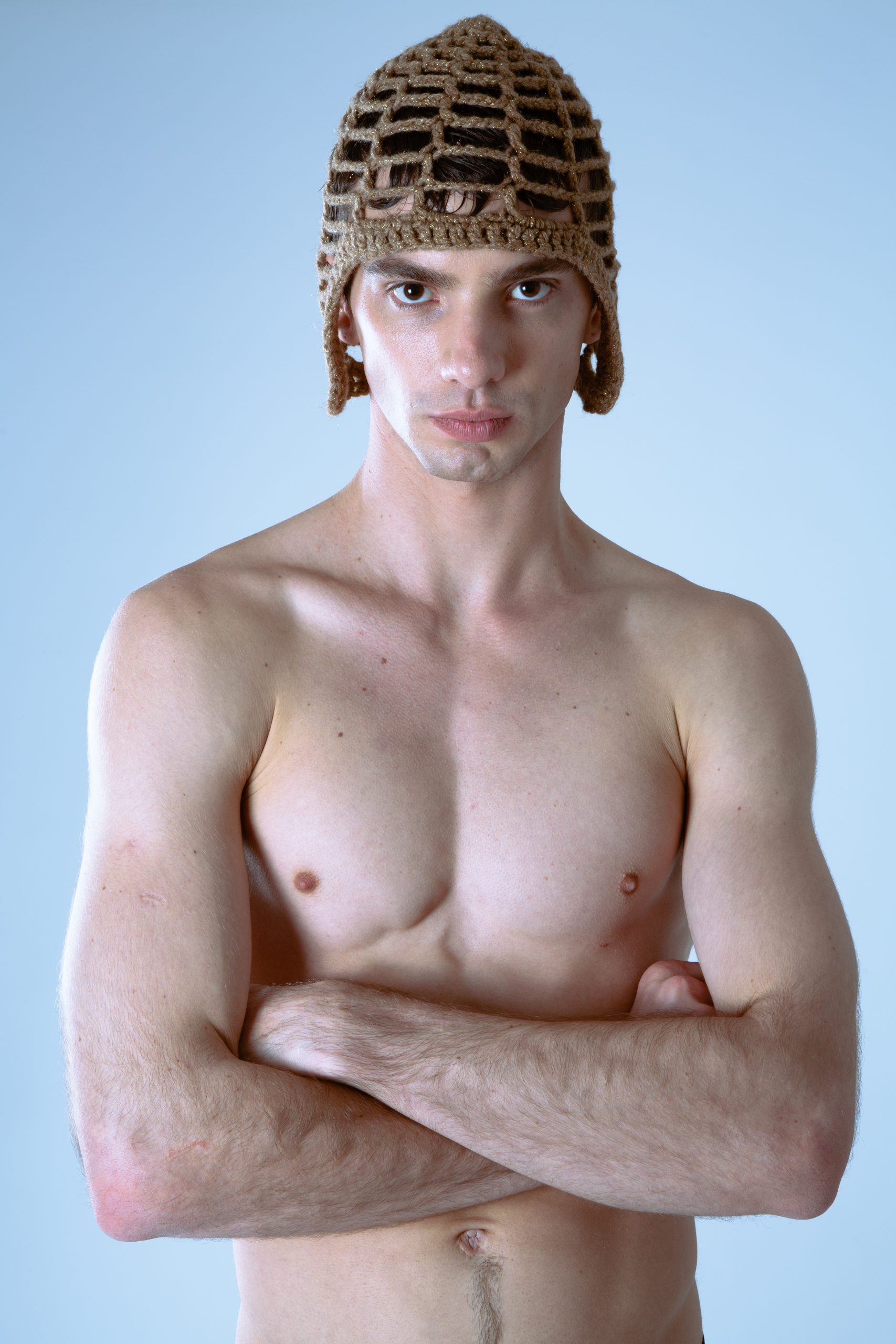



As fashion is in the midst of reconfiguring itself towards ethical values, longevity and, put more plainly, common sense; as consumers, we ultimately need smaller wardrobes. Patchouli’s concise-yet-cohesive new collection is sexy, but in a sly way—he’s all about the wink of a well-cut, skin-revealing knit or breezy-style texture that can be buttoned up or down according to the wearer’s mood. As key styles read, seductiveness isn’t a key intent, but it serves the designer’s purpose of making easy-to-pair clothes with a slightly naughty undertone. And this season, the latter phenomenon comes with a twist. “Fall marks the introduction of the first Patchouli Studio Woman, which is strong, sexy and playful,” opins brand’s founder and design director Andrea Zanola. “Patchouli Studio Man has evolved to a more sophisticated and sensual silhouette, through elaborate and impalpable textures because of the use of fine mohair, baby alpaca and metallic yarns,” he reflects, specifying that, “Knitwear becomes a tool of seduction, not blatantly, but powerfully and mysteriously.” Despite a body-hugging appeal, Zanola’s collection didn’t lack in loucheness: he summoned a retrò vibe, emphasising textures and enhancing a keen sense of specificity that services versatility. The overall effect was consistently lovely: more vintage than pioneering, but just the sort of poised yet seductive clothes that many youngsters love to wear.
Marke
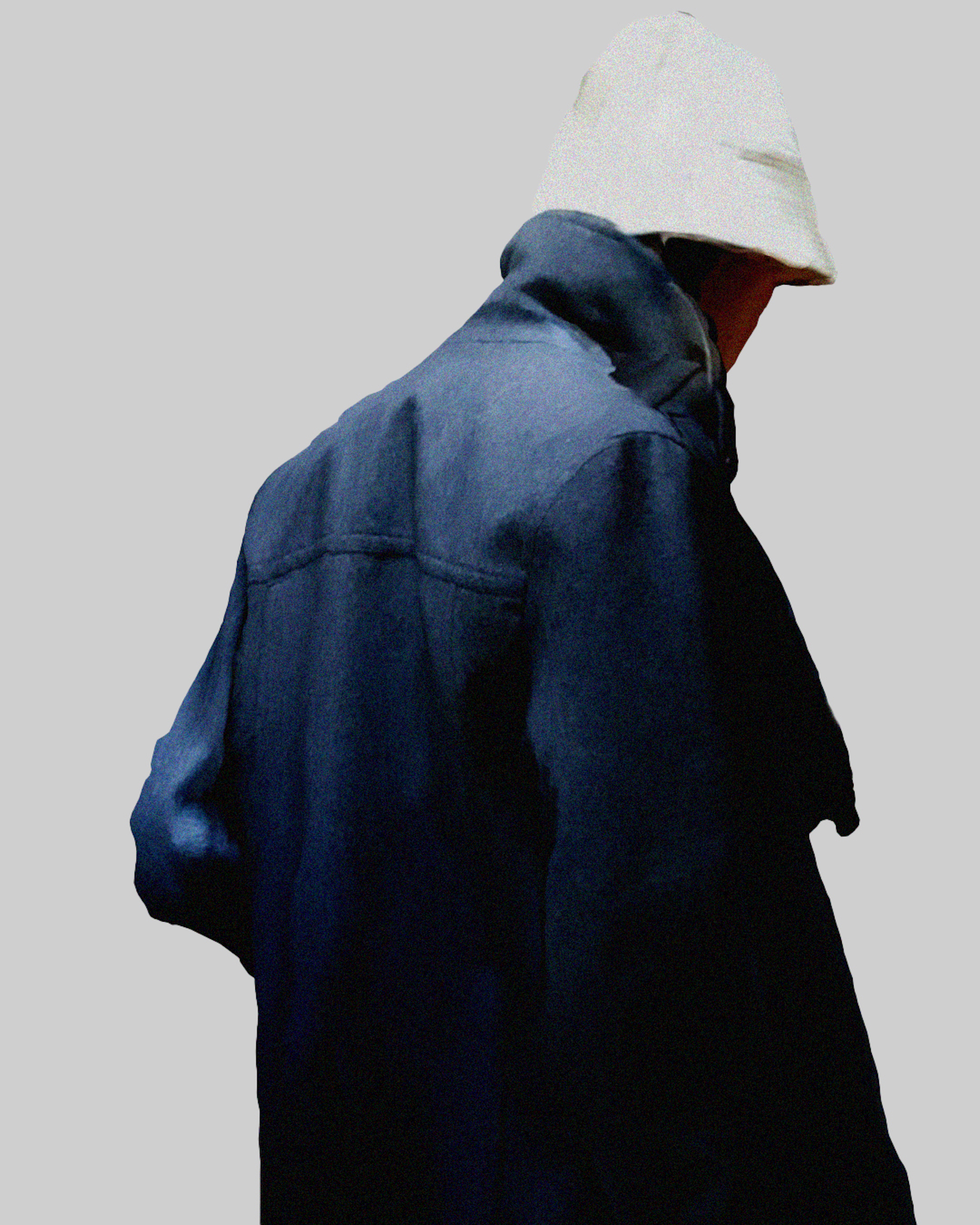
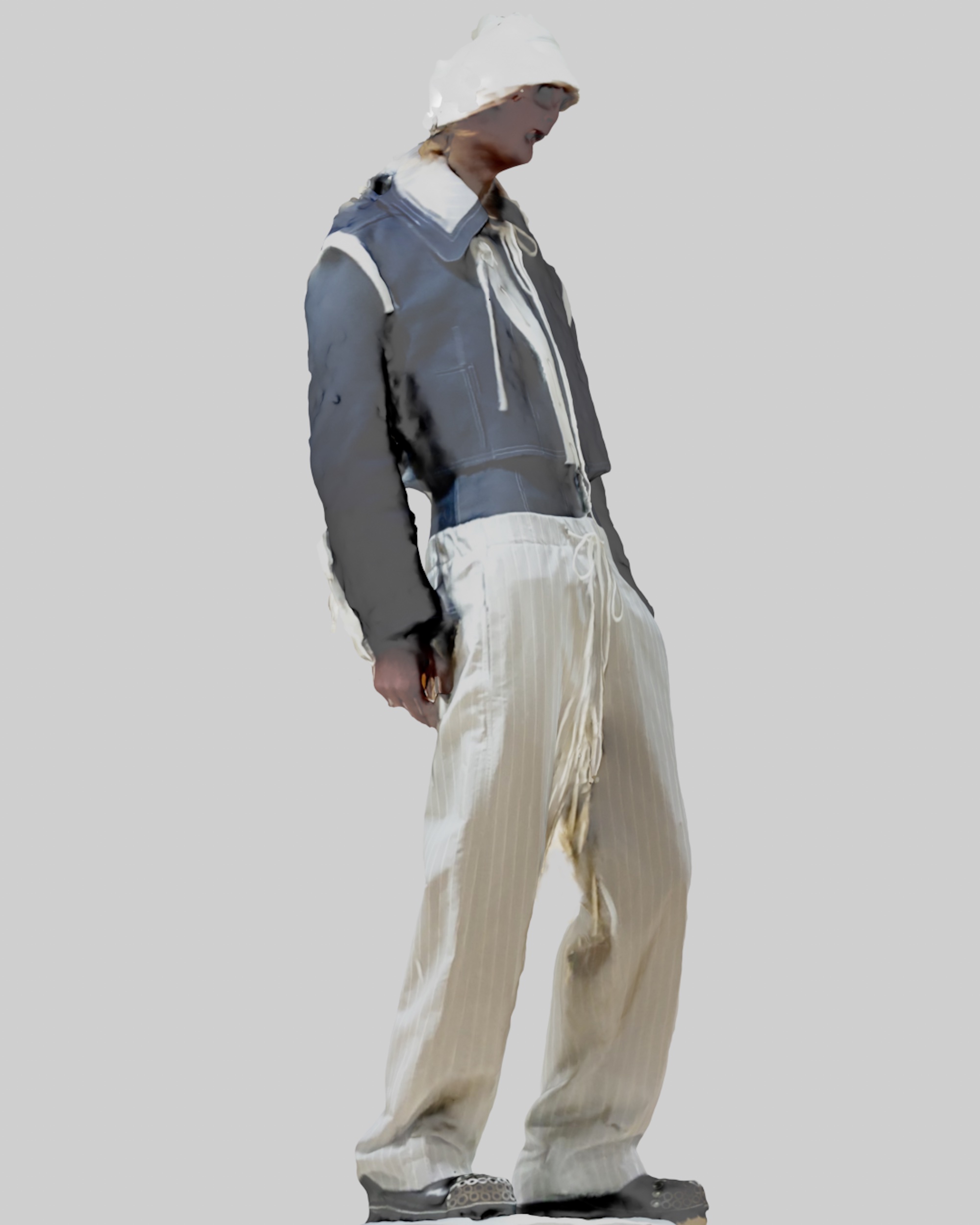


Fashion often feels like too strong of a word for Mario Keine’s two-year-old label, Marke. It’s refreshingly devoid of faddish trickle-downs and consumerist knockoffs, and is instead encompassed by easy, softly-cut utility pieces like jackets, pants, and hats, often with charming tweaks occasionally veering off into more pronounced, tailored silhouettes. For Fall 2023, it all added up to what felt like a trip in the past—a journey where Keine went down memory lane and recalled his own childhood to start an inner reflection on how interests from early stages in life and childish obsessions have had an effect on his own creative signature, predicted it and affected it long term. “The collection depicts an enthusiasm for movies, jewellery and castles which has been evaluated into a work process mainly based on historical references and costumes,” observed the designer in the notes,” who specified that this childlike narrative is highlighted by hand sketches based on original drawings from the designer’s kindergarten time, translated as prints onto wooden pearl necklaces and bags. Yet the seemingly random memories are what set this collection apart: serving to undermine the straightness in form and finesse in material with a playful-yet-nostalgic air.
The youthful classics–the blazers and gilets–infused a sporty key as a cheeky counterpoint, acting as a distinctive subtext in a field too often overwrought with fabricated ingenuity. Keine’s aesthetic, though, whether with his ready-to-wear or his poignantly-felt pieces, might feel slightly similar to that of other rising designers on the scene lately. However, with his soul-tinged point of view and finely tuned prowess, he’s well under way to establish himself as a standout among the rest.
sacai

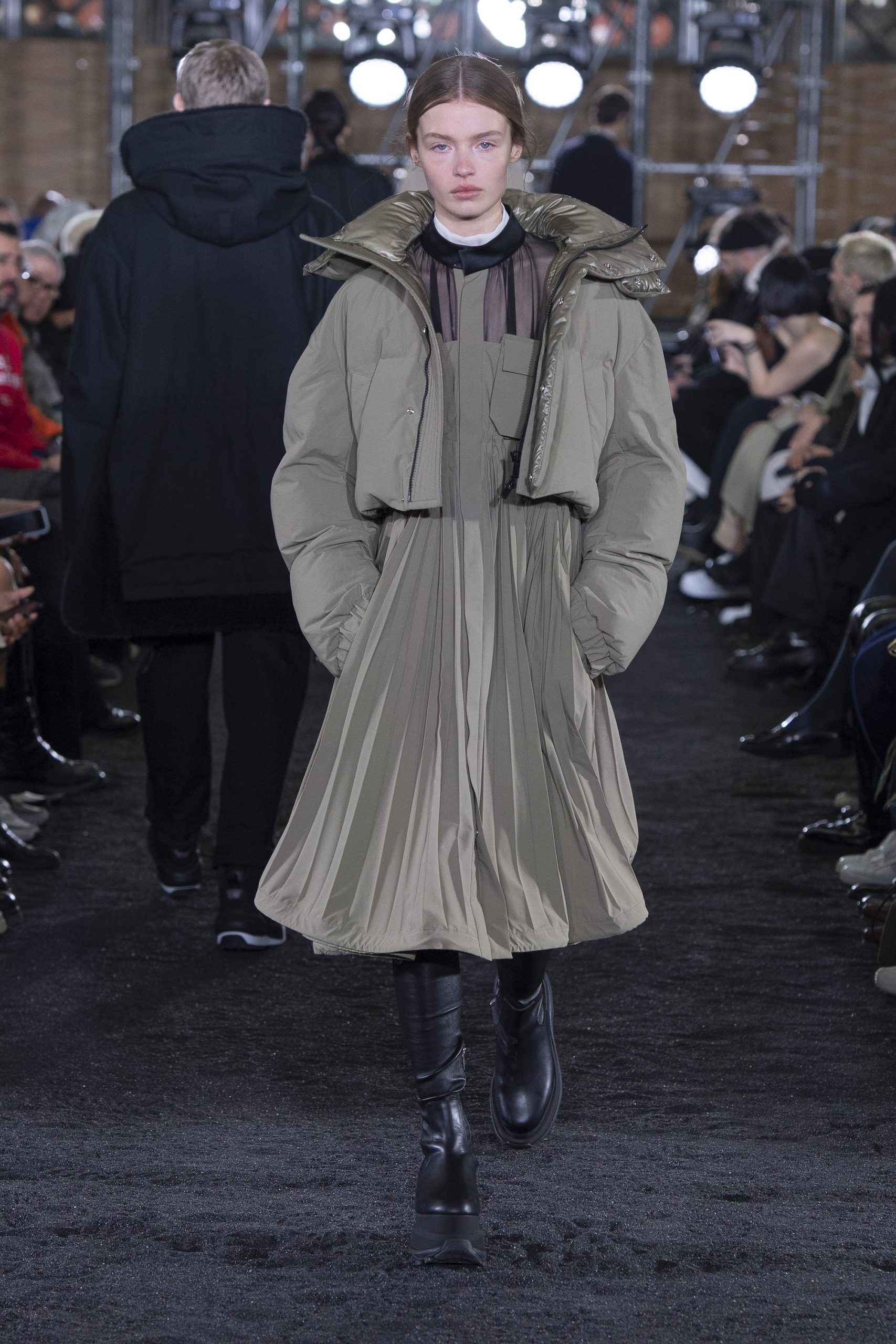


Chitose Abe’s new sacai collection of clothes is all about transformation. She’s explored the idea of change between past, present, and future, and shown how clothes can change depending on how you wear them. Some of the clothes even take on a totally new form when different details are added. Chitose Abe is also celebrating Moncler’s 70th anniversary with a collection that introduces multi-piece shapes that can be layered, separated, and reconnected to create a new form. The down jacket that was originally designed for cold weather can now be used as a backpack, and the suit and blazer can hang back to reveal a dress with drape and lingerie influences – a blend of feminine elegance and utility that has always been at the heart of sacai’s vocabulary.
Sean Suen




Gaining inspiration from the beautiful mountains of Daliang, located in the far-reaching land of the Orient, this series features clothing inspired by the Yi people, an ethnic minority group from the region. The clothing is made from materials that are cold resistant and features contemporary tailoring techniques that have been integrated into the design process. The series is filled with black and high-saturation colours, reflecting the mystical and spiritual qualities of the Yi people. The accessories in the series are inspired by nature, and feature ornaments made from silver and featuring images of sun, moon, stars, flowers, birds, fish, and grass.
Berluti

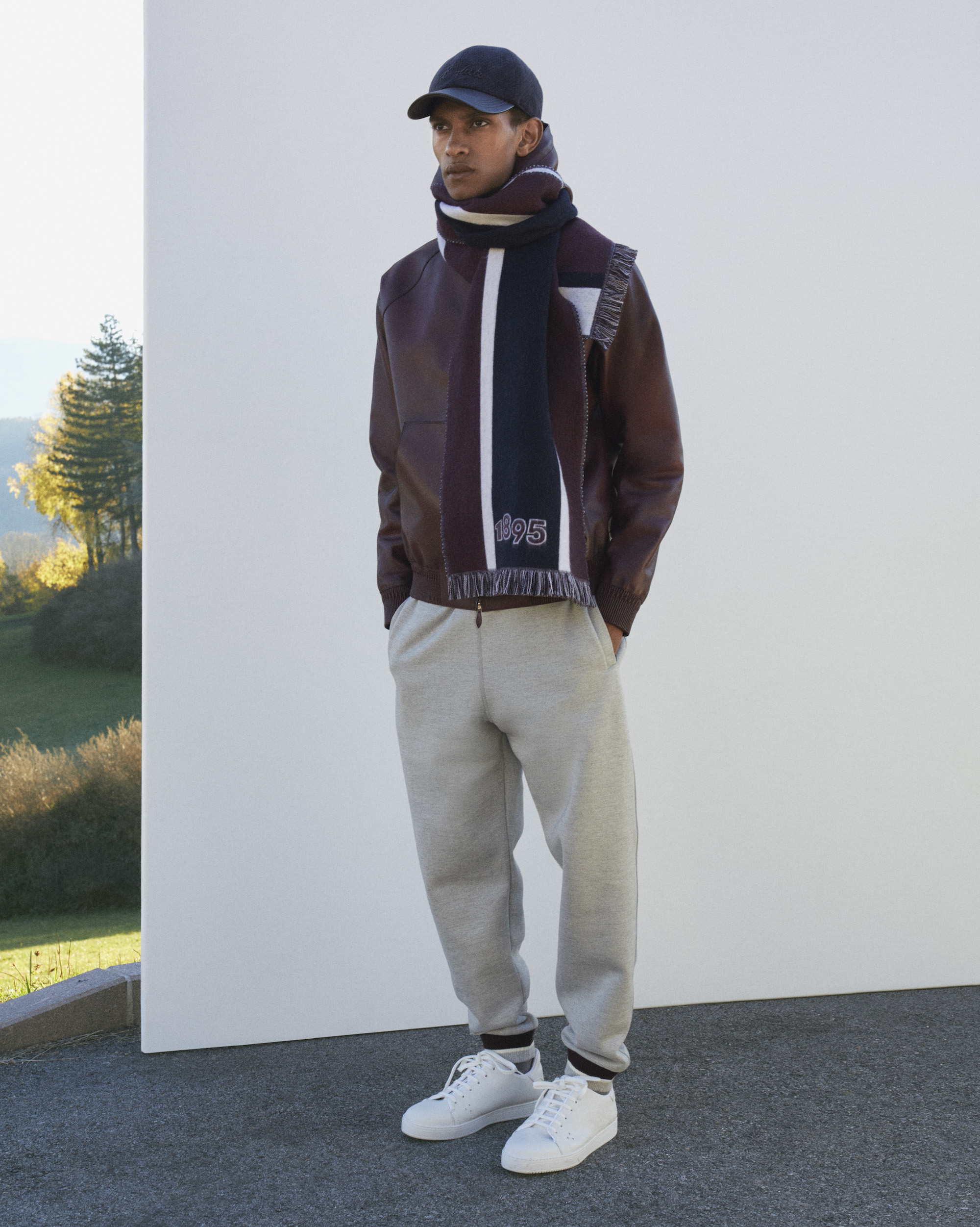


Berluti’s Fall 2023 collection is all about a pared-back approach to luxury that is more time-efficient (and equally practical) compared to previous seasons. Fall is based around the idea of “The Great Escape,” or escaping everyday life and living in a more relaxed, comfortable, and stylish way. Chapters of the collection are themed around things like travel, sports, and fashion, and each one features clothing that is both stylish and practical. The Toile Marbeuf line of handbags is also a part of this season’s collection and it’s based on the interiors of the Berluti store. The lineup is a season of different men’s clothing that has been adapted to the timelessness, versatility, and boldness characteristic of luxury today.
Rick Owens
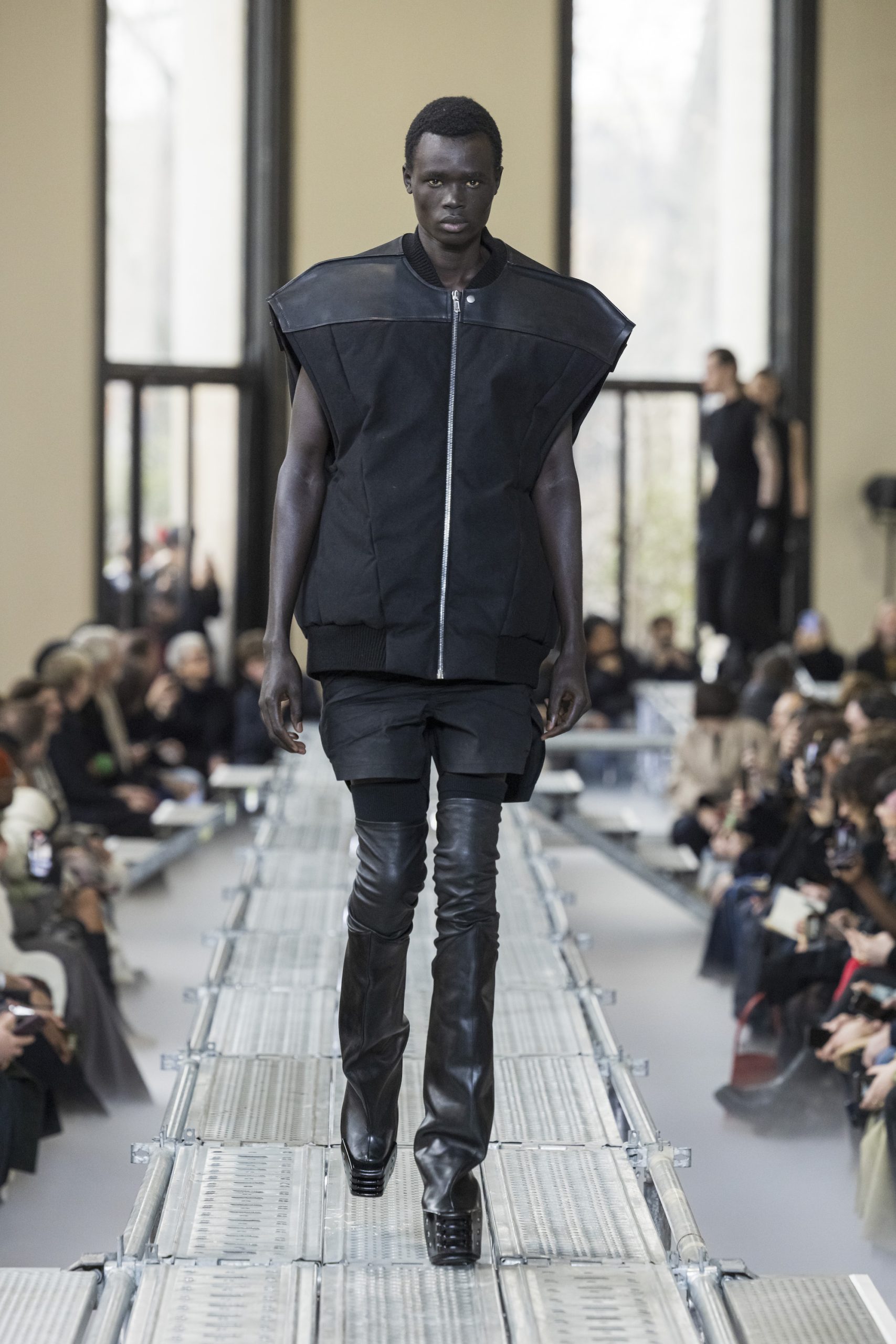
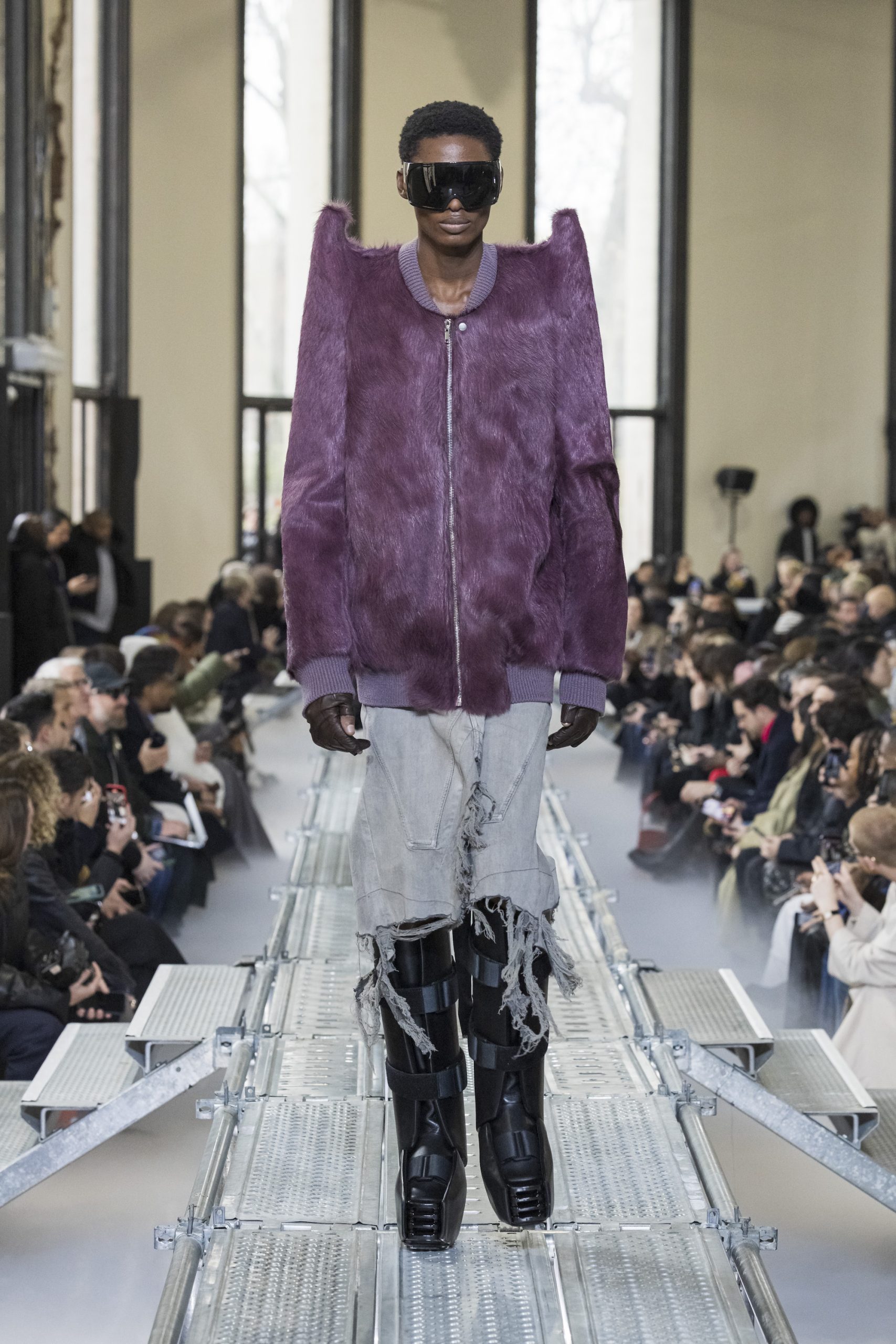


Fall, on Owens’ terms, is about clothes that are shaped differently than normal. This season, they gain sharp shoulders and high, tight waists, while looking incredibly retrò, with an avant-garde edge. There are flight jackets made out of recycled nylon and black dyed with bamboo charcoal, while green is dyed with olive waste. The brand’s denim wash house in Veneto, Italy, uses only zdhc certified products as well as a water purifying process that enables them to recycle a large part of the water used. Outerwear and jumpsuits in heavyweight and crisp moleskins are woven in Lombardy, Italy, using gots (global organic textile standard) certified organic cotton.
Hed Mayner
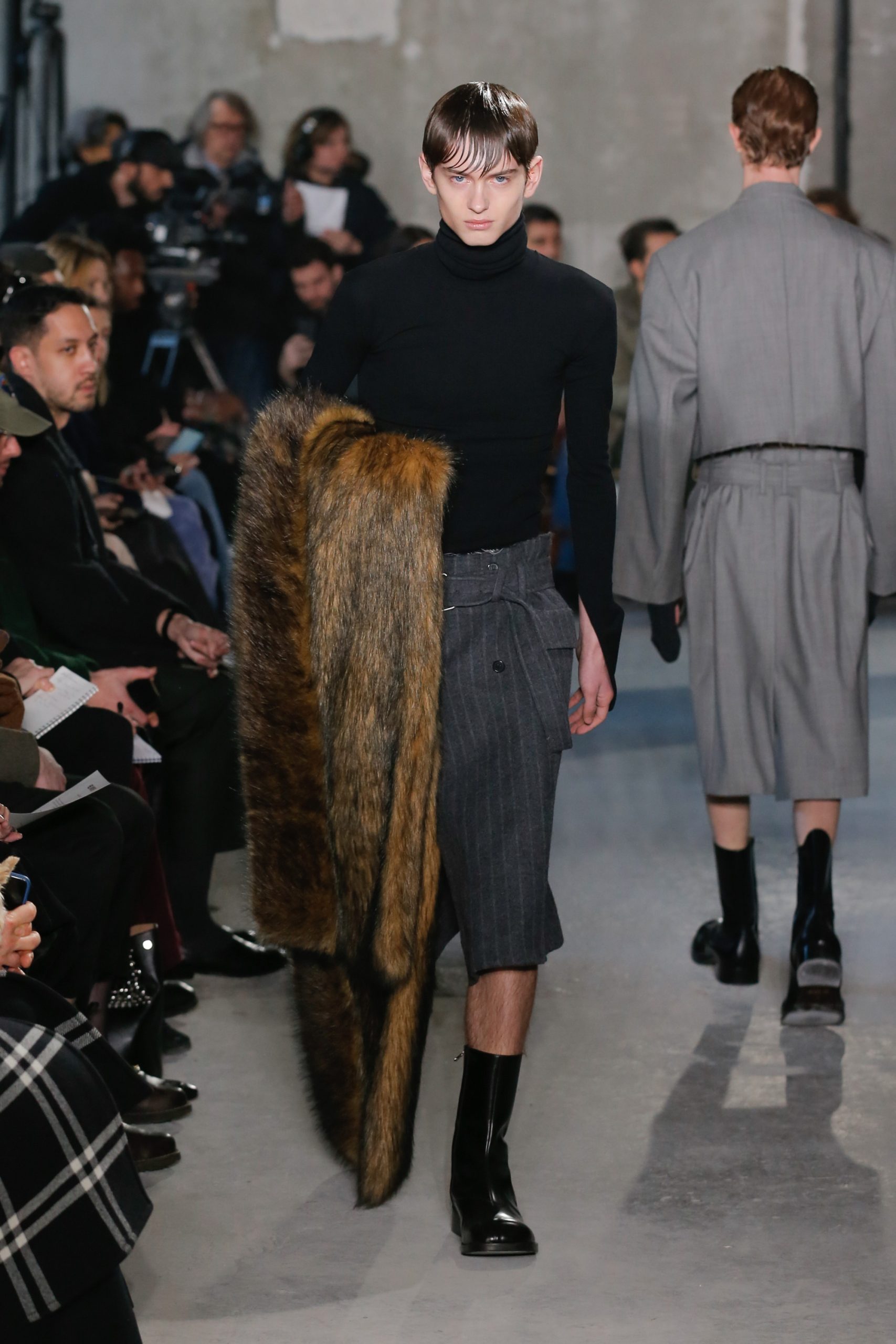
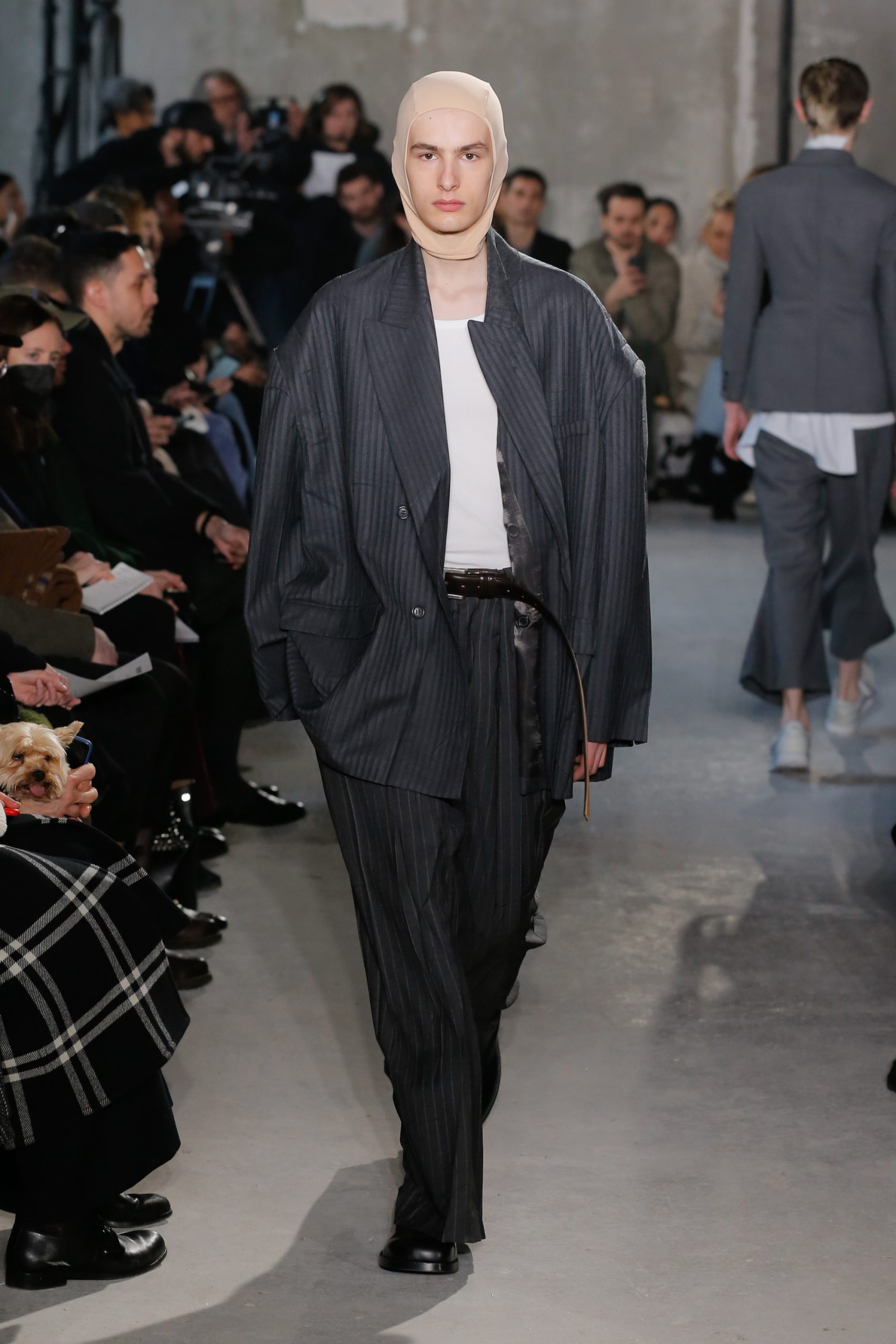


Mayner’s research started with a tuxedo jacket that was too small for an adult body, which created the opposite effect of what they were going for. The goal was to make something that was oversized, but still concerned with scale and proportion. They achieved this by cutting the jacket and trousers out of bonded jersey, which is a type of elastic textile. The result was a jacket and trousers that were distorted in a similar way to Charlie Chaplin’s clothing. Mayner’s clothes have a similar feeling as if they were borrowed from multiple generations of fathers, grandfathers, and younger brothers. Volume has been examined from the opposite side; it has been shrunk. The clothes are designed to take up their own space and to fit snugly on the body, exploring how clothes sit on different parts of the body while armholes are high and narrow, and sleeves are wide.
JUUN.J

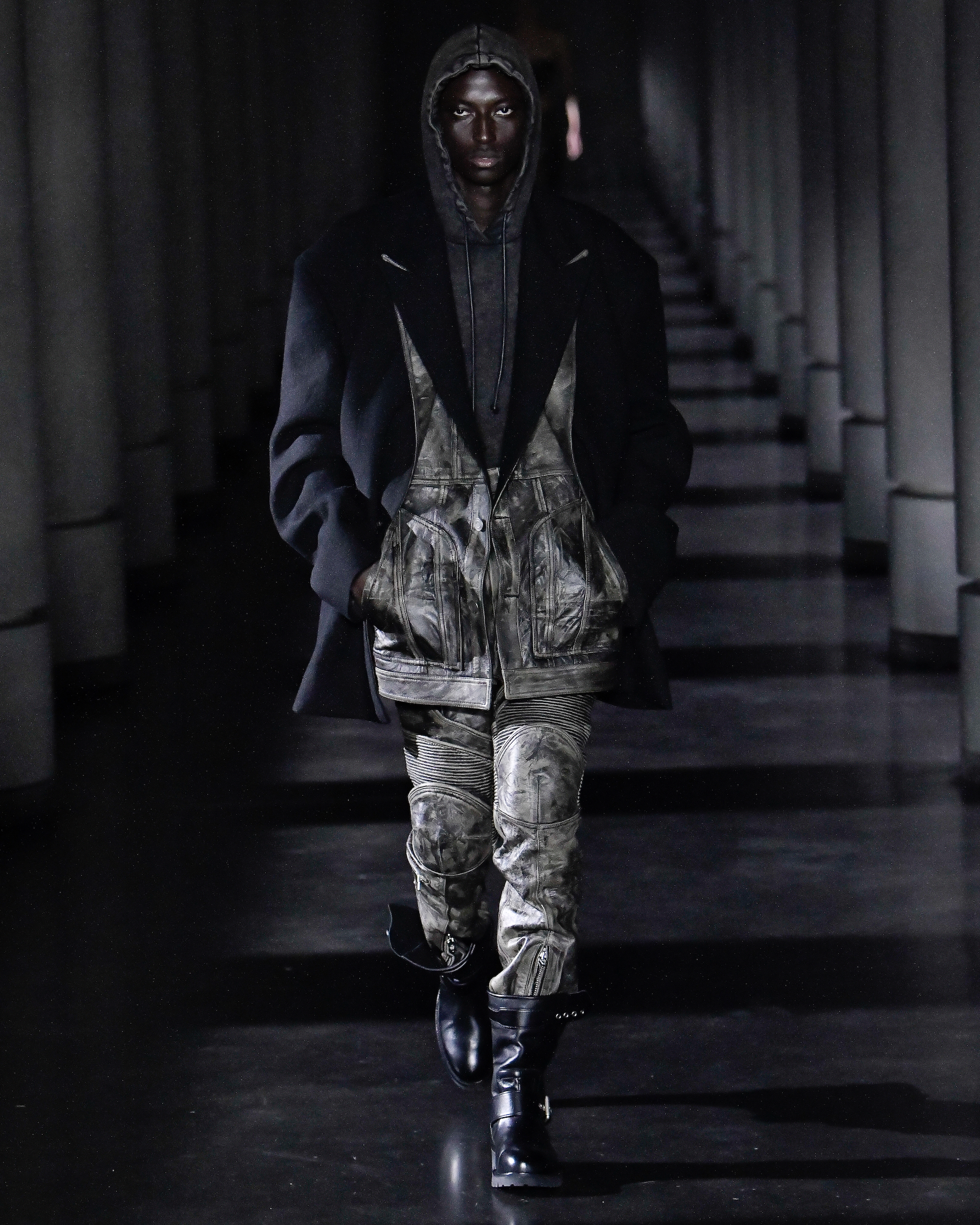


The famed designer JUUN.J returned to the runway after a three-year absence with a collection entitled “Broken”. The line featured atypical aesthetics expressed through various angles, with an emphasis on modern punk rock. JUUN.J deconstructed classic items like military wear, denim, and rider jackets to create new silhouettes. The colour palette was based on black, brown, green, and blue, and the overall goal was to breathe new life into old, worn-out, and damaged items.

